Bats: Secrets of the flying mammal
Bats usually conjure images of bloodsucking and disease, but there's a lot more to these creatures of the night. From incredible immune systems to age defiance and pollination, bats are as fascinating as they are spooky.

Not just rare cave-dwellers
From the Australian bush to Mexico's Pacific coast—hanging in trees, perched high up on mountains, hidden in caves, rock crevices, and rooftops—bats are the most widely distributed mammal on Earth, inhabiting every continent except Antarctica. Making up about 20% of all mammals, these nocturnal creatures are the second most common mammal after rodents, and the only one capable of sustained flight
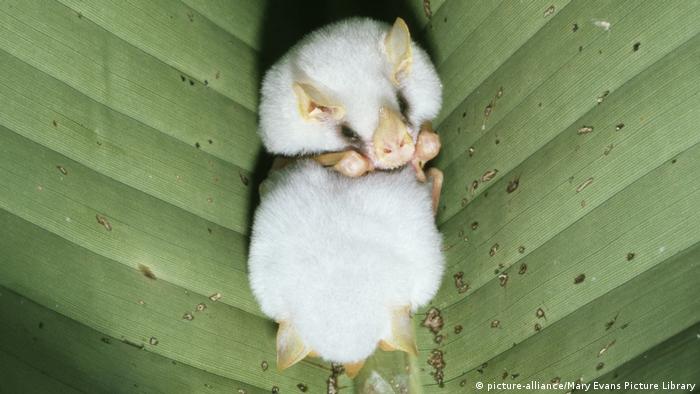
Leaf-dwelling, fig-eating, marshmallow puffs
Safely snuggled in the crease of a heliconia plant, these Honduran white bats have carefully cut the vein of this leaf to make it fall into a tent shape. One of only five types of white bats out of 1,400 species and only 4-5cm long, they're sometimes called the "marshmallow puff" of the bat family. As if that isn't cute enough, these tiny bats are frugivorous, surviving almost entirely on figs.

Sucks to be us
Although they've long been considered sinister creatures in many parts of the world, only three species of bat actually drink blood. They use their sharp teeth to shear away hair on the skin of their prey before making a small incision to lap up blood. Sleeping cattle and horses are their usual victims, but they have been known to feed on people, and can cause nasty infections and disease.
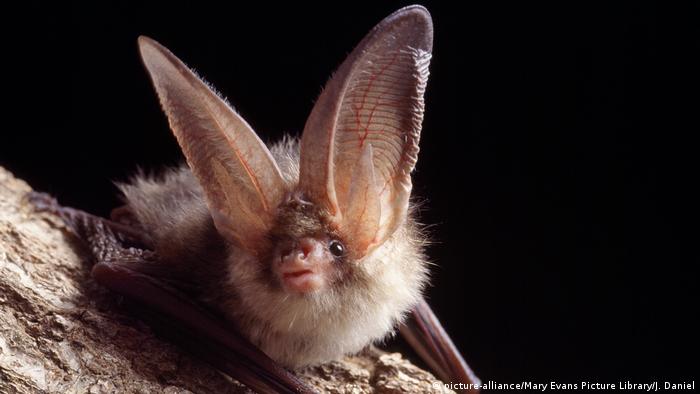

Leaf-dwelling, fig-eating, marshmallow puffs
Safely snuggled in the crease of a heliconia plant, these Honduran white bats have carefully cut the vein of this leaf to make it fall into a tent shape. One of only five types of white bats out of 1,400 species and only 4-5cm long, they're sometimes called the "marshmallow puff" of the bat family. As if that isn't cute enough, these tiny bats are frugivorous, surviving almost entirely on figs.

Sucks to be us
Although they've long been considered sinister creatures in many parts of the world, only three species of bat actually drink blood. They use their sharp teeth to shear away hair on the skin of their prey before making a small incision to lap up blood. Sleeping cattle and horses are their usual victims, but they have been known to feed on people, and can cause nasty infections and disease.

Blind as a bat?
There's a very good reason for bats' beady eyes and comically large ears: echolation. Most bats have very poor eyesight and rely on sonar to find food in the dark. They generate extremely high-pitched sounds in their throat and project them forward. The bats' huge ears detect echoes from those sounds bouncing off the surroundings, enabling them to map their surroundings with great precision.
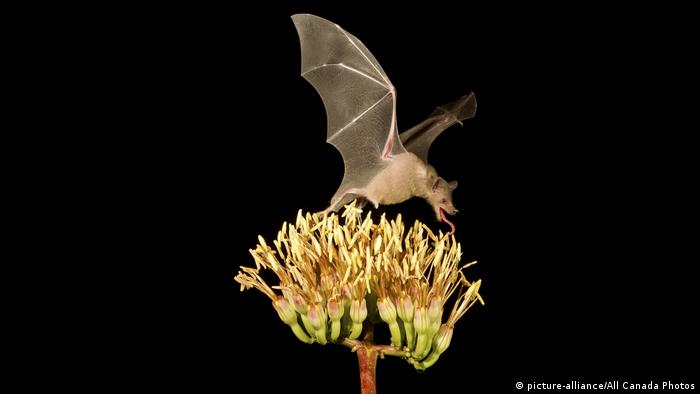
Without bats, we wouldn't have avocados, mangos or bananas
Bats have incredible ecological importance, not least because of their role in pollination. More than 500 plant species depend on bats to pollinate their flowers, including banana, avocado, mango and agave plants. Some bats, like the tube-lipped nectar bat of Eduador, the Mexican banana bat and the long-nosed bat (pictured), are equipped with extraordinarily long tongues for this exact reason.
DIE FLEDERMAUS TWO STEP
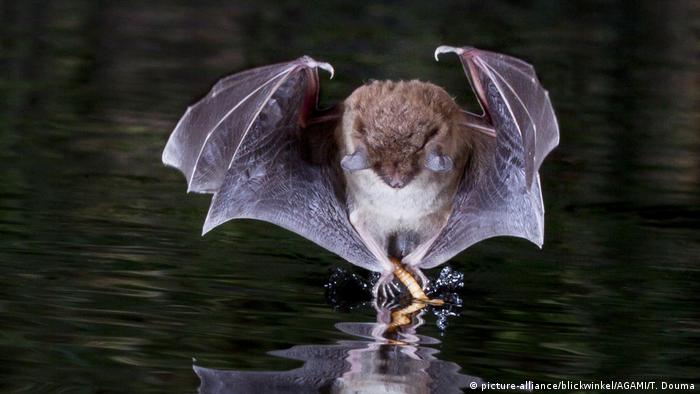
Invincible, just about
Although bats only have one pup a year, most of them outlive many other mammals. Some species' lifespans are 30 years, while the oldest bat on record lived to 41. They also don't age. Well, not really. Some scientific studies think the reason for their longevity is due to their unique ability to prevent and repair age-induced cellular damage, protecting them against cancer.
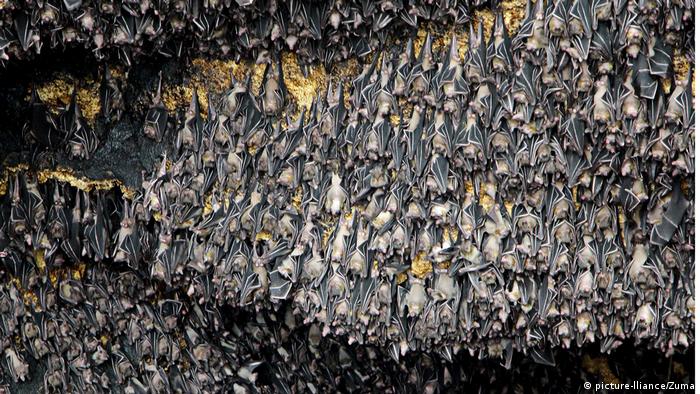
Perfect disease hosts
Bats are natural hosts for numerous viruses, including the Marburg, Nipah and Hendra viruses, as well as Ebola and the SARS, MERS and NCOV-19 coronaviruses. Scientists say their unique immune systems allow them to carry diseases lethal to other species, while their high body temperature and high levels of interferon—a substance that actives the antiviral state—are thought to keep them healthy.
No comments:
Post a Comment